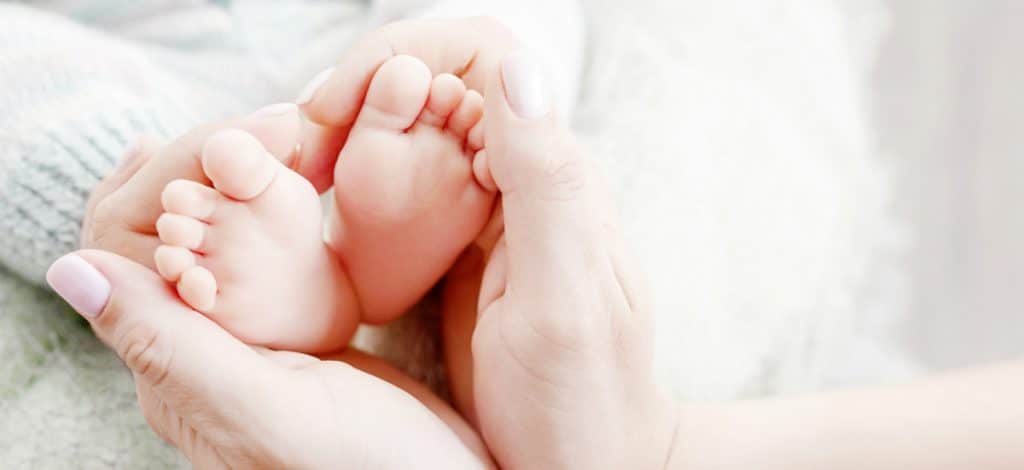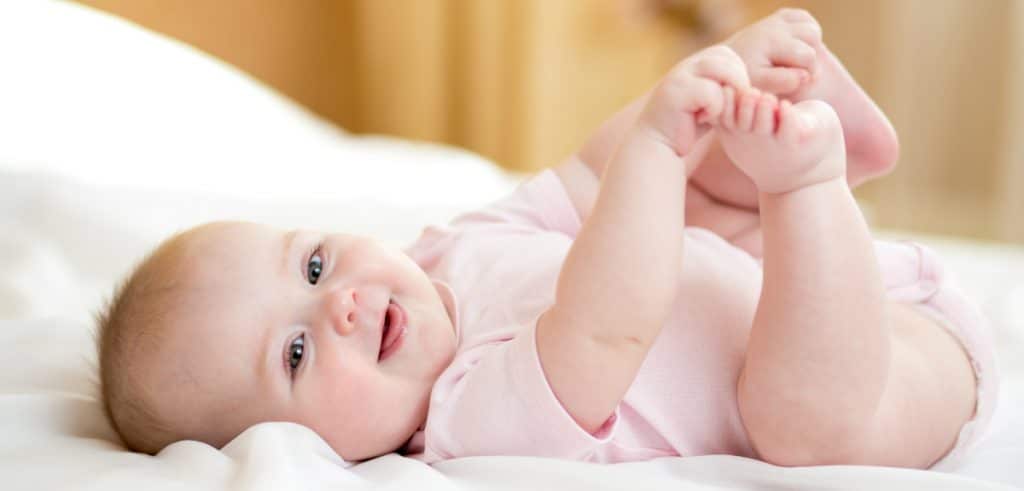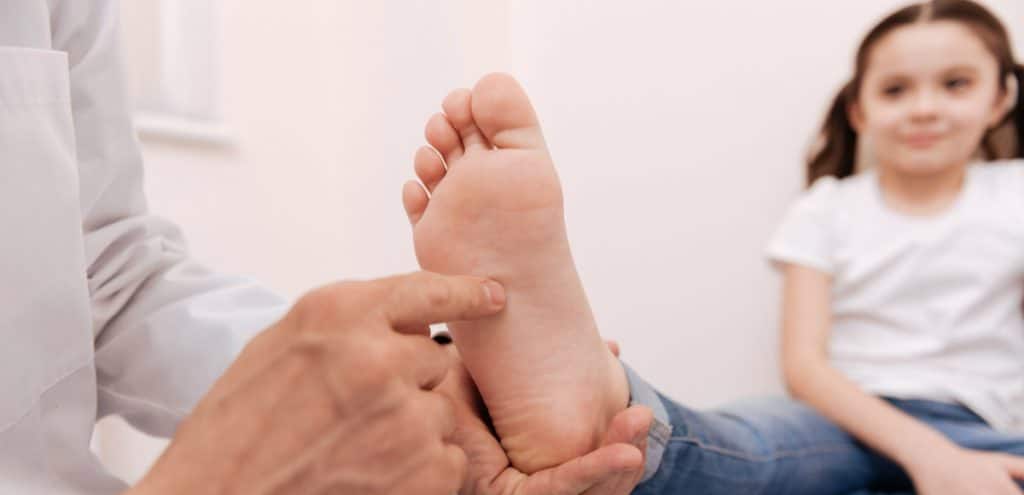What Every Parent Should Know About Childhood Foot Deformities
Every child is precious.
As parents, we know we’re going to love our children with our whole hearts—no matter what they look like, no matter what medical conditions they may or may not have. No matter what, period.
Still, that doesn’t mean you aren’t going to worry. And if your child is born with some kind of congenital defect in his or her feet or legs, it’s natural to feel scared.
Will my child be able to grow up healthy and live a normal life?
What difficulties are we going to face?
Why is this happening to me?
You shouldn’t feel bad about asking these sorts of questions. All new parents struggle with questions and doubts—even if their babies seem 100% normal.
But you also don’t have to carry the burden and doubt all by yourself. We’re here to answer your questions, provide the care your little one needs, and put you at ease as much as possible.
Here are the things you need to know as a parent.
We Treat All Kinds of Congenital Deformities
As Orange County’s pediatric foot care specialists, we see all kinds of childhood foot deformities regularly. Some of the conditions we regularly treat include:
- Clubfoot. One or both of baby’s feet appear severely twisted, resembling a club. The foot may be pointed sideways or even downward. A similar condition, vertical talus, involves the toes pointing upward at birth due to underdevelopment of the ankle bone.
- Pediatric flatfoot. Most kids do not develop a permanent arch until reaching school age. However, flat feet may persist in both flexible (arch disappears under weight) or more rigid
- Intoeing (metatarsus adductus). Baby’s foot is curved inward, with a noticeable “bend” around the middle of the foot.
- Other forms of intoeing. Instead of a bend at the foot, there could be some rotation in the tibia (shinbone) or femur (tight bone).
- Out-toeing. Although rarer than intoeing, the tibia or femur can also be rotated slightly outward, causing the toes to point out.
- Webbed toes (syndactyly). One or more toes may be connected to one another, usually by fleshy soft tissue that was not properly dissolved in the womb.
- Extra toes (polydactyly). Baby is born with more than five toes on either foot. Normally extra toes are small, nub-like and nonfunctional; however, they are sometimes fully functioning digits.
Congenital Deformities Are More Common Than You Think
People don’t always talk about childhood deformities, so most people think they are extremely rare—”one in a million” or more. But that just isn’t true!
For example:
- About 1 in 2,000 children are born with extra toes or webbed toes.
- About 1 in 750 children are born with clubfoot.
- Foot arches never fully develop for about 1 in 5 children.
Those numbers might still seem pretty big to you, but they really aren’t. Here in Southern California, we see kids with these conditions just about every week.
In other words: you are not alone. Other parents know what you’re going through, and we know how to help.
Your Baby Is Not in Pain
Even if he or she has a severe clubfoot deformity, a newborn baby will not feel any discomfort from the condition. It might look painful to adult eyes, but your little one will be just as comfortable and happy as any other child.
The real test does not come until baby is ready to start walking. Deformities that would affect walking gait, such as clubfoot or vertical talus, need to be treated by this point in order to prevent discomfort and developmental delays.
Some conditions, like webbed toes, won’t cause any pain or interfere with motion even after your child begins walking. Treatment may be more for cosmetic reasons.
Most Congenital Deformities Can Be Resolved Without Major Surgery
It takes a long time for a child’s skeleton, muscles, tendons, and other connective tissues to fully develop. In the meantime, their bones remain relatively soft, malleable, and flexible.
This often allows even severe deformities to be treated through manual therapies, stretching, bracing, casting, and other non-surgical means.
For example, we treat clubfoot using the Ponseti method, which involves a weekly period of stretching and casting, followed by foot braces for about four or five years. True, we usually do need to perform one small, minimally invasive surgery to lengthen the Achilles tendon. But it is a very minor procedure that only requires about three weeks to heal.
Some congenital deformities will even resolve on their own without much (or any) intervention. About 95 percent of intoeing and out-toeing cases self-correct, as well as a large percentage of flatfoot cases.
Baby’s Future Is Bright
Even when surgery is required—say to remove extra toes, or fix a rigid flatfoot from a tarsal coalition—prompt care and parental discipline will give your little one a great chance to hit all of their developmental milestones and grow up healthy, strong, and active.
We’ll come back to clubfoot as an example. We won’t lie: proper treatment requires a lot from parents. It’s best to start treatments within a few weeks after birth. You’ll need to bring the little one in weekly for stretching and casting sessions. After the casting period is over, you’ll need to make sure your child wears their foot braces at appropriate times for the next few years.
But when you start early and stick to the plan, your child should have no problem learning to walk, run, and play with other children right on time, and grow up with feet that are, for all practical purposes, both functionally and cosmetically normal.
We can even help kids who are a bit older and were not treated properly, or had a relapse. While later treatment does mean that they may be behind other kids in terms of their activity level for a while, with proper care they are almost always able to catch up.
We’re Only a Phone Call Away
We’ve chosen to make pediatric care, and especially treatment of congenital deformities, a core part of our practice.
It’s not just about having a heart for kids. For us, it’s personal. Our own Dr. Rodriguez was born with clubfoot and got the treatment she needed—and that drives her to help others, too.
We don’t merely provide the widest range of quality, effective care options you can find in Southern California. We go the extra mile for kids and their families.
We’ll make our personal number available to you so you can ask questions whenever they arise. We’ll help connect you with other families and support groups who know what you’re going through. We know you need more than just “medical care.” You need compassion, guidance, dedication, personal attention, and most of all, someone you know is going to be there for you and your child, no matter what.
So if you’re worried about your little one’s feet, give us a call today. The earlier you seek help, the more likely we can restore your child’s healthy feet before they start to miss developmental milestones. You can reach our office in Ladera Ranch at (949) 364-9255.



